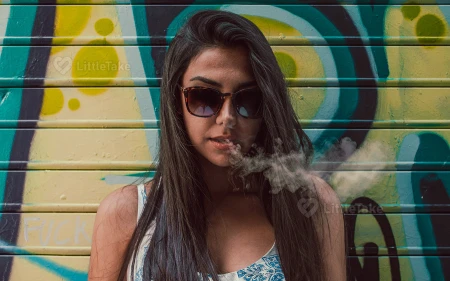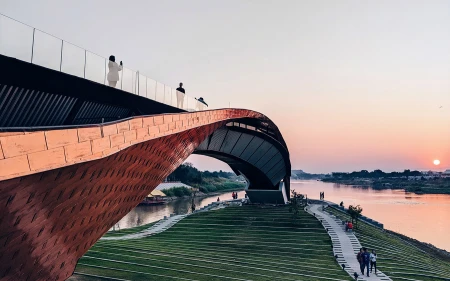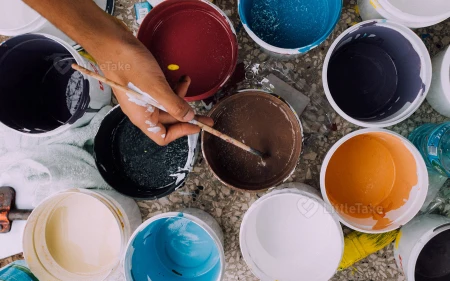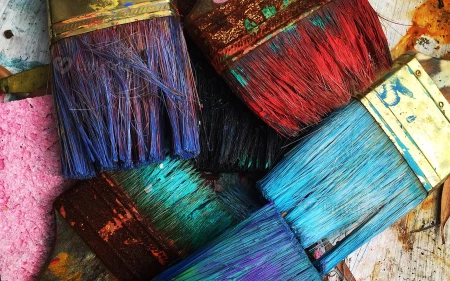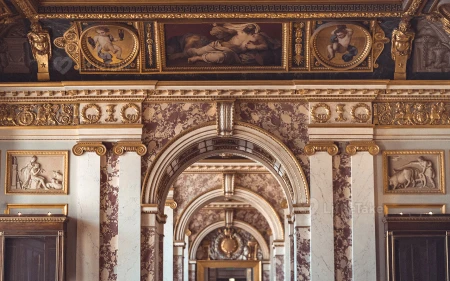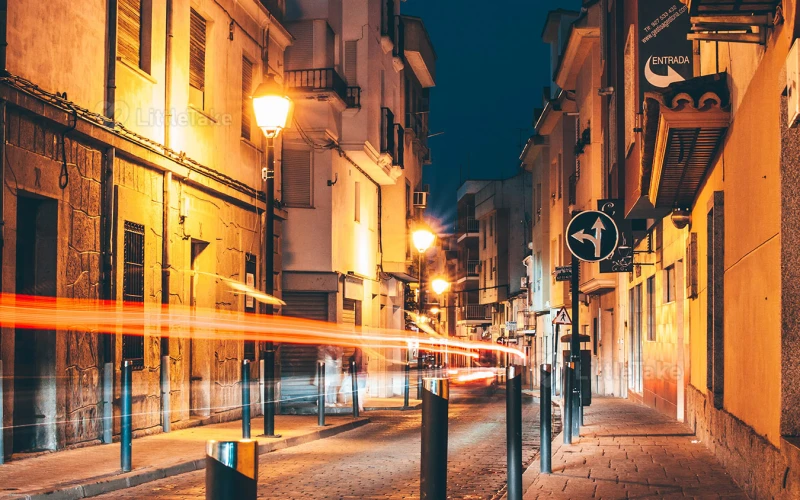
The Evolution of Street Art
Discover the fascinating journey of street art, from humble beginnings as graffiti to a celebrated form of contemporary art and self-expression.
1. Graffiti Origins
Street art has its roots in graffiti, which dates back to ancient civilizations. However, modern graffiti emerged in the 1960s and 70s in Philadelphia and New York City. Early graffiti artists used spray paint and markers to tag their names or pseudonyms on walls, subway trains, and other public spaces.
2. Rise of Hip Hop Culture
As hip-hop culture gained popularity in the 1980s, graffiti became an integral part of the movement, alongside music, breakdancing, and fashion. Street art began to evolve as artists experimented with new styles, techniques, and materials, moving beyond simple tags to create intricate and colorful murals.
3. The Art World Takes Notice
By the late 1980s and early 90s, the art world began to recognize the value of street art. Galleries and museums started showcasing the work of street artists, helping to legitimize the art form and introduce it to a wider audience. Iconic artists like Jean-Michel Basquiat and Keith Haring emerged from the street art scene and achieved mainstream success.
4. Street Art as Social Commentary
As street art evolved, many artists began using their work to comment on social, political, and environmental issues. Banksy, one of the most famous street artists, is known for his satirical and thought-provoking stencils, which often critique war, consumerism, and political corruption.
5. Diversification and Global Expansion
Today, street art can be found all over the world, with each region offering its unique styles and influences. The art form has diversified, incorporating various techniques like stencil, wheatpaste, and large-scale murals. Artists like Shepard Fairey, Os Gemeos, and Swoon have made significant contributions to the global street art scene.
6. Street Art Festivals and Public Art
Street art has gained acceptance as a legitimate form of public art, with cities around the world hosting festivals and commissioning artists to create large-scale murals. These events celebrate the art form, promote cultural exchange, and revitalize urban spaces.
The evolution of street art has transformed it from an act of rebellion to a celebrated form of contemporary art. Today, it serves as a powerful platform for self-expression, cultural commentary, and beautification of urban landscapes.













